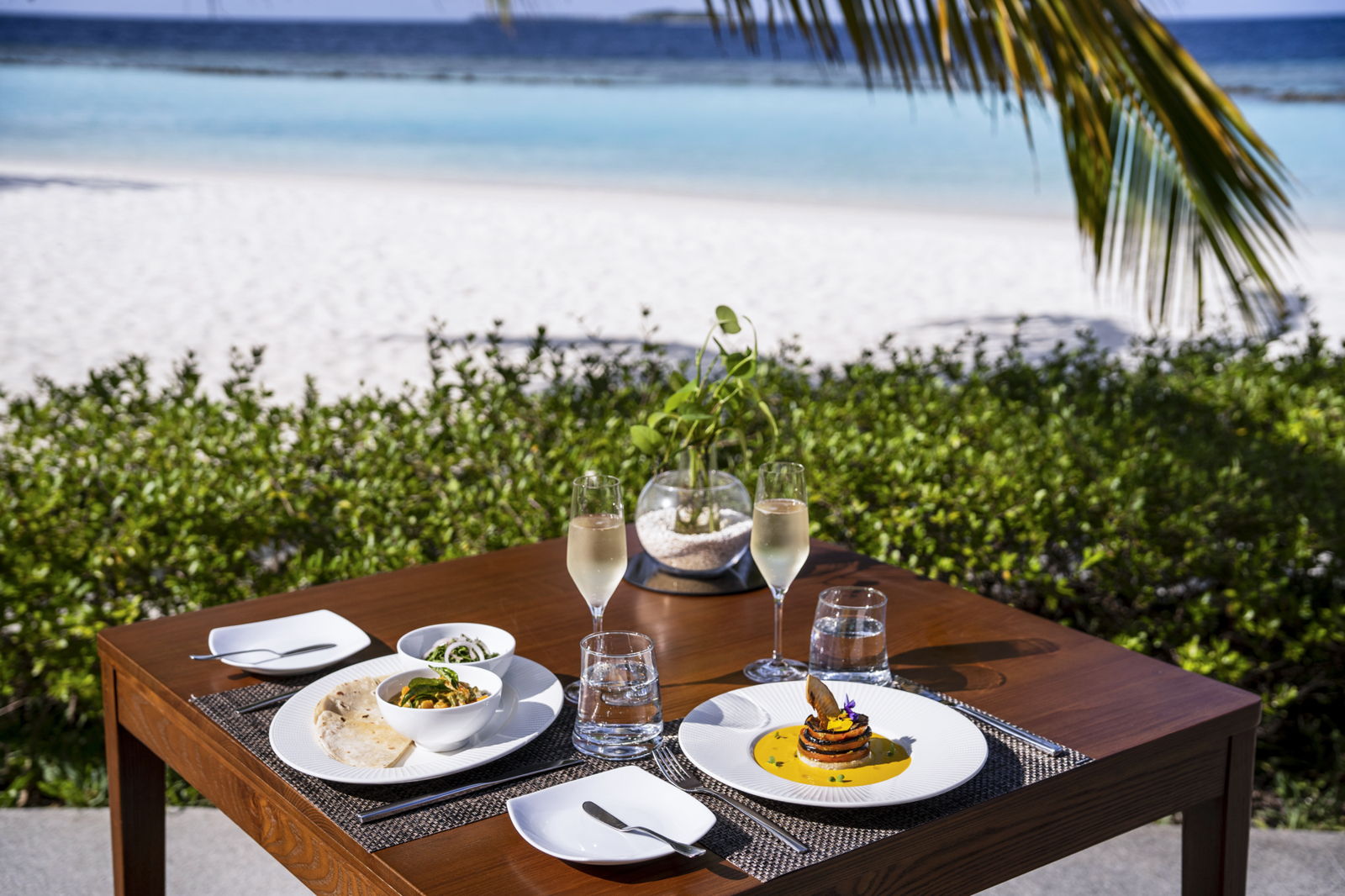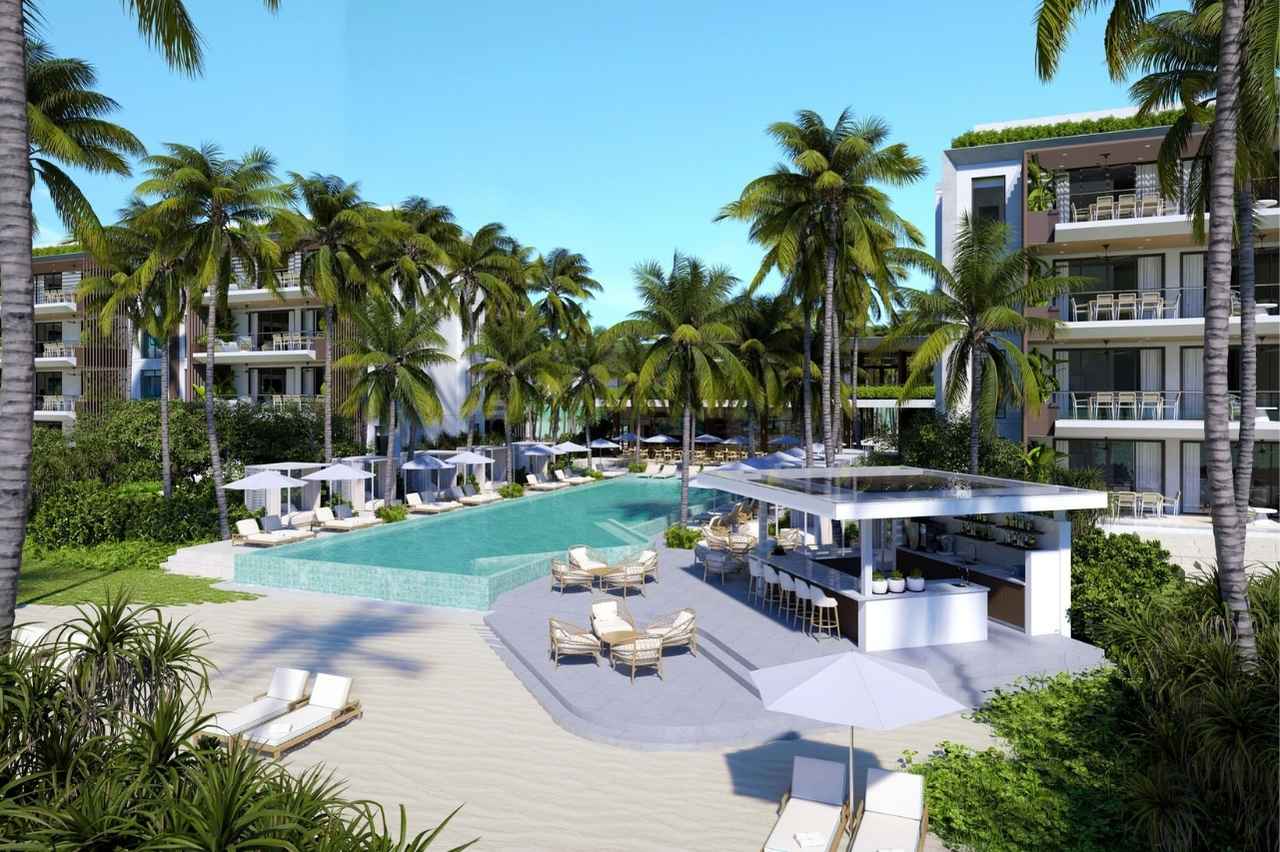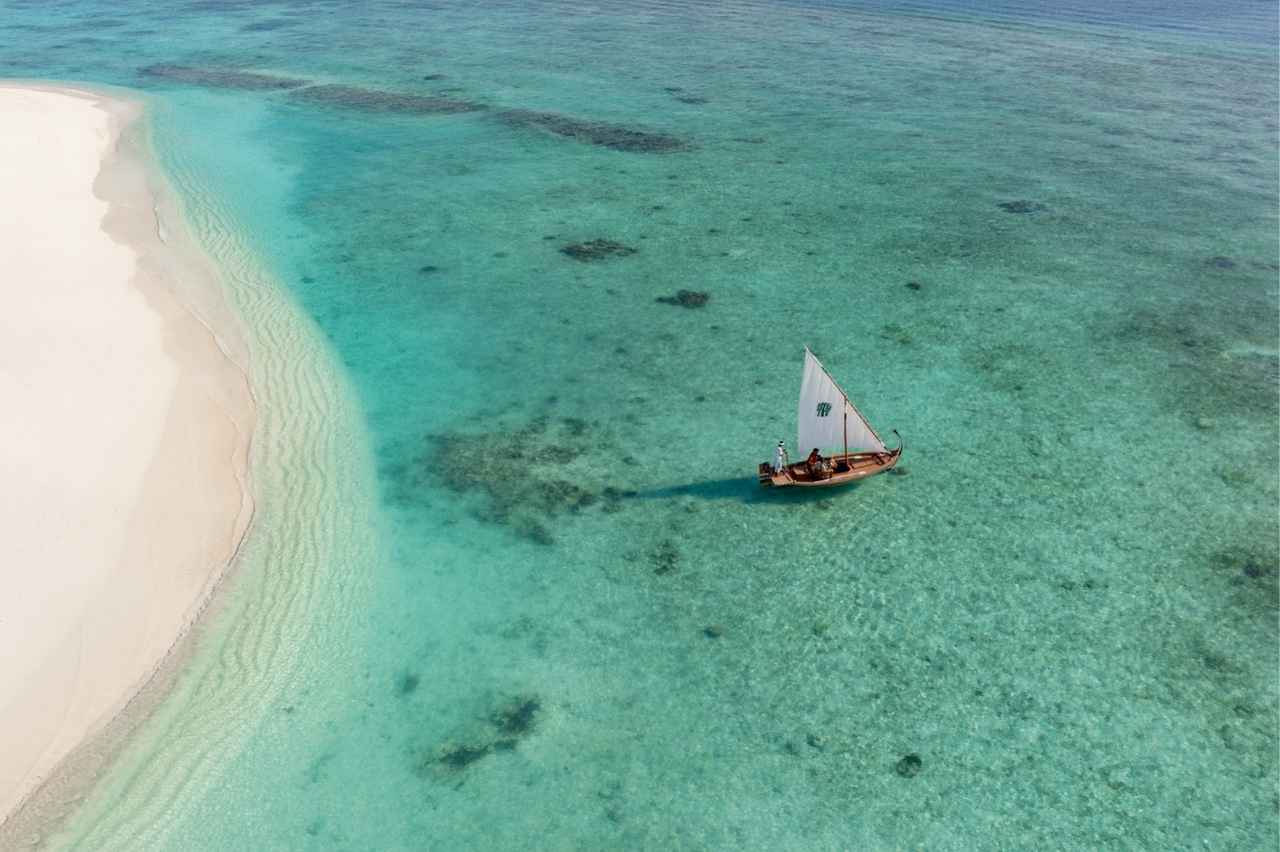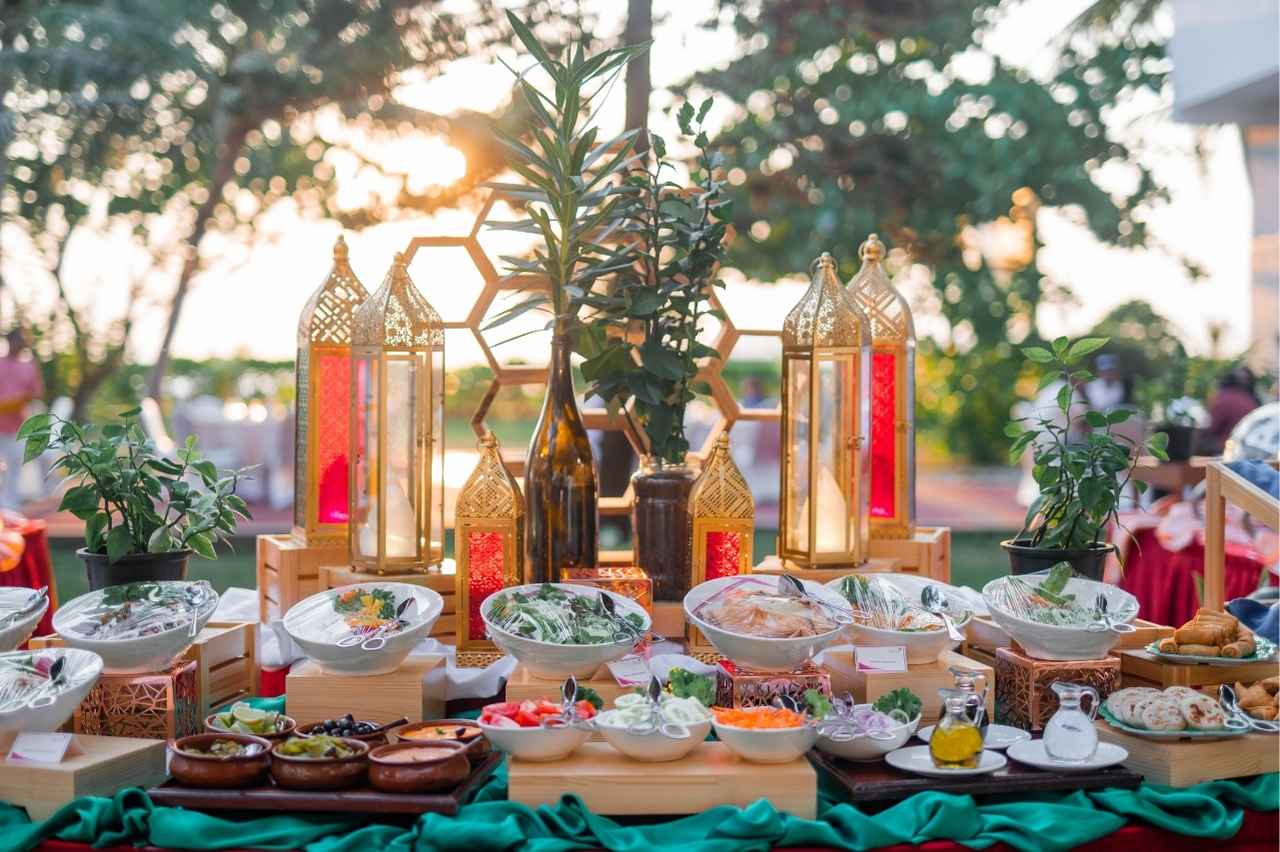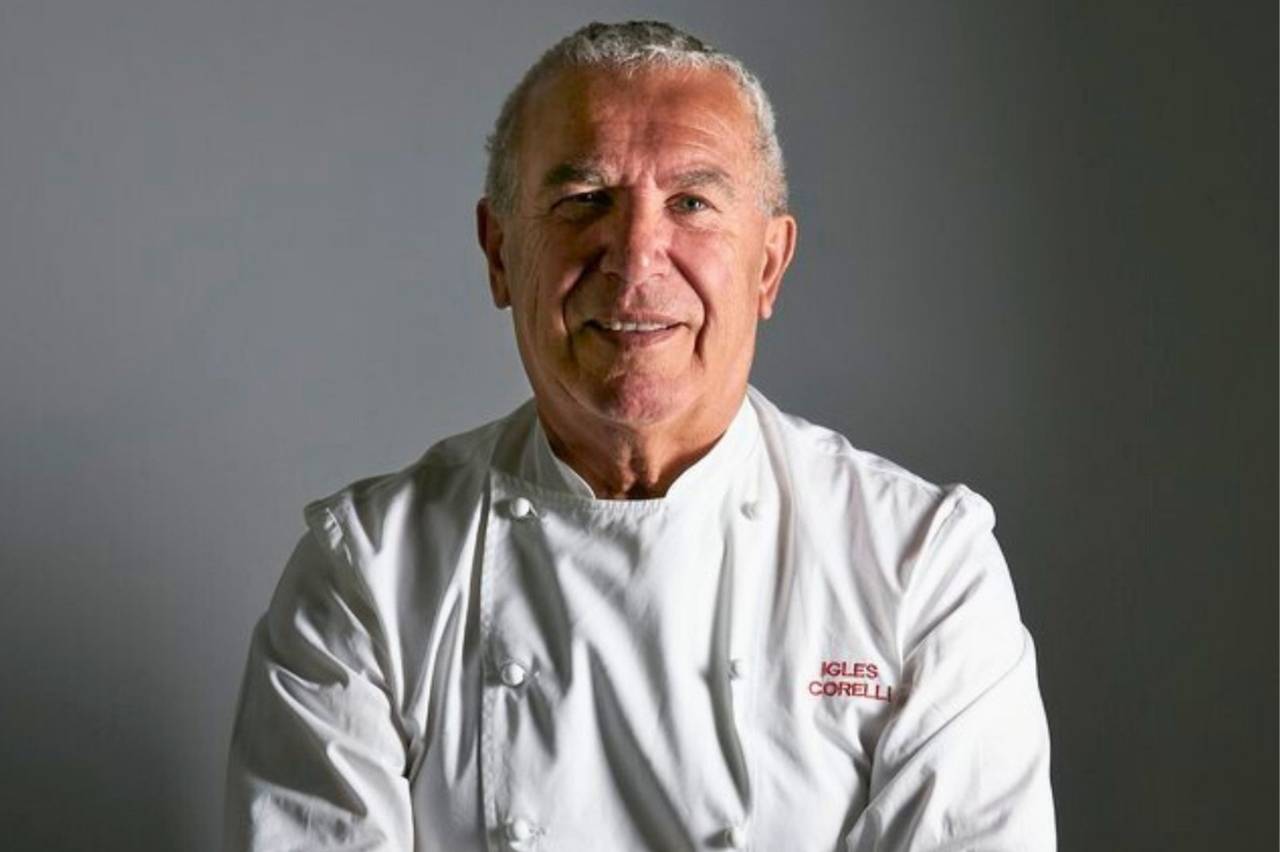Start 2025 on the right foot at Nova Maldives, where you can experience the perfect blend of relaxation and wellness. This stunning island resort is the ideal destination to celebrate Dry January and Veganuary. Nova offers plant-based meals and alcohol-free drinks that highlight the freshest local ingredients the Maldives has to offer.
Every year, more people join the Dry January and Veganuary movement, looking to live healthier and eat plant-based foods. In fact, 2025 will likely be the biggest year yet for Veganuary, with over 25 million participants expected worldwide.
Throughout January, guests can dive into hands-on cocktail-making classes. Led by Nova’s expert mixologists, these fun sessions teach you how to create flavorful, alcohol-free drinks. It’s a perfect way to hone your skills while enjoying the island’s peaceful surroundings.
Abdulla Aboobakuru Nova’s General Manager highlighted:
“At Nova, we’re passionate about showcasing authentic Maldivian cuisine, which is rich in fresh, plant-based ingredients. With the growing global trend towards mindful eating and health-conscious choices, our new recipes not only highlight local produce like coconuts, spices, and tropical fruits but also cater to those looking for sustainable and nourishing dining options.”
Savor Delicious Plant-Based Dishes
Nova’s January menu offers a variety of plant-based options that truly showcase the best of Maldivian flavors. These meals bring the authentic taste of the Maldives to your plate while supporting local farmers. Along with these delicious meals, Nova offers two refreshing mocktails as well. Moreovoer, Nova has provided full recipes for these meals and mocktails, so you can recreate these dishes at home and bring a tast eof Maldives into your kitchen.
Maldivian Coconut and Vegetable Curry (Tharukaaree Riha): This comforting curry combines fresh vegetables with creamy coconut milk for a hearty, plant-based meal. It truly represents Maldivian culinary traditions and supports local farming. Full recipe available here.
Kopee Faiy Salad (Kopi Fai): This refreshing salad combines Kopee Faiy leaves with grated coconut, lime, and a pinch of salt. It’s the perfect light complement to any meal. What’s great is how easy it is to make—just five ingredients! Full recipe available here.
Grilled Eggplant and Tomato Stack with Herb Pesto: For something a little different, try Nova’s Grilled Eggplant and Tomato Stack, topped with crispy breadfruit slices. The dish also features a homemade herb pesto made with fresh cilantro and basil. It’s a great choice for anyone embracing Veganuary. Full recipe available here.
Mocktails to Pair Perfectly with Your Meal
To complete your meal, Nova has crafted two signature mocktails. The Solis Sunset Cooler is a tropical mix of passion fruit, lime, and coconut water, ideal for sipping as you watch the beautiful sunsets. Meanwhile, the Cucumber Basil Fizz brings together cucumber, lemon, and basil syrup for a refreshing taste that will cool you down on a warm day. Full recipes available here.
Reconnect with Nature and Wellness at Nova Maldives
Nova Maldives offers more than just a place to stay. It offers a chance to reconnect with your health and nature. Whether you’re participating in Dry January, Veganuary, or simply looking for a wellness retreat, Nova provides the ideal setting.


